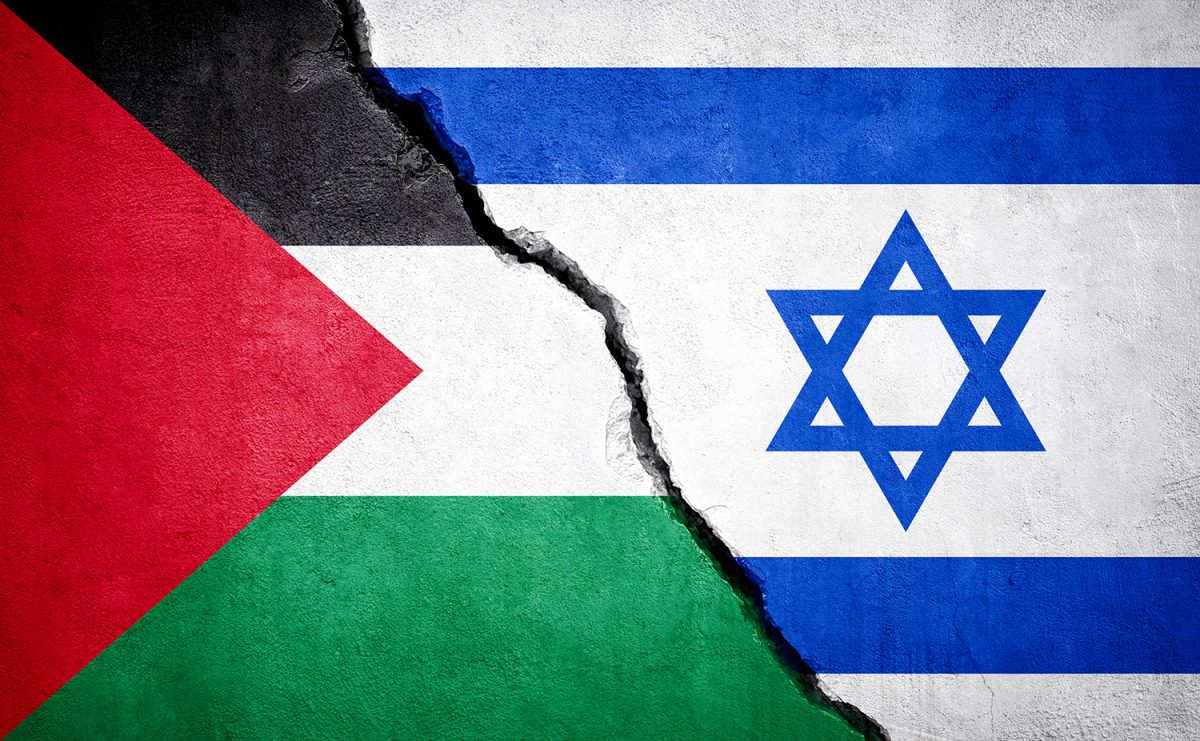Ames. 2014. I was eagerly anticipating the Iowan Spring to blossom following long winter months. They were unlike anything I had experienced in my part of the world before. The sight of snow in the early morning hours was one of so many beautiful memories I enjoyed during my one year as a foreign exchange student coming from Jordan.
At the invitation of my host parents that Spring, I attended a talk by an Iowan doctor on life for Palestinians under Israeli occupation — the longest running occupation in modern history. The Doctor had just recently completed a volunteering program in the Occupied West Bank in Palestine, where he planted olive trees and met with Palestinians communities. At the podium, with images of the West Bank hills and olive trees setting the background behind him, he passionately shared his observations on what occupation looked like and meant for those occupied. Fast-forward 10 years on, we are witnessing the bloodiest escalation of violence in the history of Palestine/Israel.
Although media coverage in the U.S. might have had you thinking otherwise, history did not start with the Hamas attack on Oct. 7, 2023, nor in 2014. The Palestinian struggle for freedom and self-determination dates to at least 1917 when the British took control over Palestine. While a century is too long to describe in detail here, some context is essential.
Before Oct. 7, Palestinians were living under what Human Rights Watch, Amnesty International and others described as a reality of apartheid. Only since that talk in 2014 and up to Oct. 6, more than 3,900 Palestinians have been killed, more than 132,000 injured, and thousands more imprisoned. Hundreds of Palestinian homes have been demolished, displacing thousands of civilians, and tens of thousands of Palestinian-owned olive trees have been uprooted. This has all been carried out by Israel.
Still, these past six months have been totally unprecedented. In Jordan, like much of the region and millions of people around the globe, we have been waking up and going to sleep with scenes of unspeakable horror coming out of Gaza, reaching us in real-time on our screens. The brutality and inhumanity of Israel’s collective punishment on the tiny, blockaded strip has shocked us to the core.
How in the world could it be alright to kill 32,000 people — the majority of whom are women and children — render 1.7 million homeless, and commit myriad atrocities in between, all in just six months? How in the world could it be alright to unleash collective punishment on 2 million people, obliterating entire communities and using starvation as a weapon of war?
These are not numbers, but human beings with names, leading meaningful lives and surrounded by loved ones. The unfortunate truth: the atrocities are being committed by the United States’ closest ally, Israel. The unconditional, uncritical American military and financial support for Israel is having disastrous and far-reaching consequences on civilian souls, our entire region and, in many ways, the world.
For the sake of humanity, the flow of weapons into Israel must end. The horrors must end. For how much longer, and why, should American tax dollars continue to fuel this unprecedented destruction and misery in the Middle East?
As I write this, I find myself wishing that my 15-year-old self had grasped the importance of the work the Iowan doctor was undertaking in 2014. I hope he is continuing to advocate for justice and peace — perhaps also in solidarity with the health sector in Gaza, which has been decimated by the Israeli onslaught. If much more similar work had been done over the years, only if, perhaps we would not be witnessing a genocide unfolding before our eyes.
It is never too late to set things in the right path. The U.S. is involved in Palestine/Israel, knee-deep, and has a critical role to play to right wrongs. Time is of the essence.
– Faris Amer



